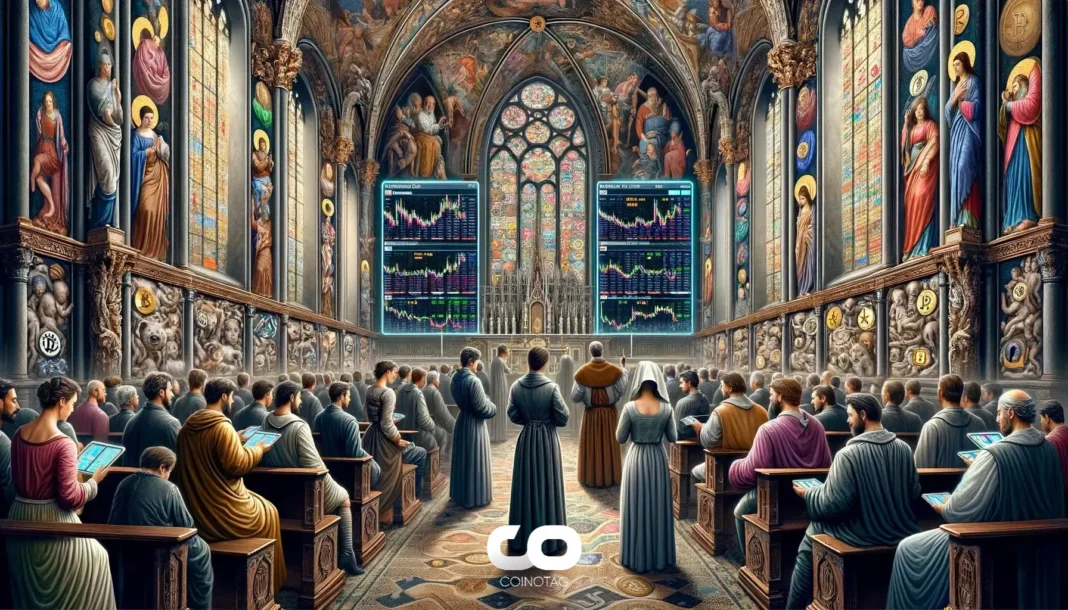-
The recent announcement of sweeping tariffs by President Trump has sent shockwaves through both the U.S. equity markets and the cryptocurrency sector, raising concerns about inflation and economic growth.
-
This unexpected move has led to a significant sell-off, reflecting investor fears over rising risks in a challenging economic environment.
-
“Very little reason to own risk here,” stated Joe McCann, founder and CEO of Asymmetric, highlighting the interconnectedness between traditional markets and crypto assets.
This article explores the impact of President Trump’s new tariffs on U.S. futures and cryptocurrency markets, analyzing investor reactions and macroeconomic implications.
Impact of Tariffs on U.S. Futures and Cryptocurrency Markets
The sharp decline in market values following President Trump’s tariff announcement illustrates the heightened sensitivity of investors to geopolitical developments. The president’s directive to impose a baseline 10% tariff on all imports— escalating to 34% for China and 20% for the European Union—has triggered widespread panic. Market reactions were swift; the S&P 500 experienced a staggering loss of more than $2 trillion in market capitalization within just 15 minutes after the announcement.
Investor Sentiment and Market Reactions
Investor sentiment took a hit as both U.S. equity futures and major cryptocurrencies fell concurrently. Bitcoin dipped by 2.3% to around $83,200, while Ethereum dropped 4.5% to $1,817, as per CoinGecko data. McCann emphasized that the crypto market is now largely influenced by broader macroeconomic conditions, stating, “Crypto is at the behest of macro and traditional markets at this point.” This dependency poses a challenge for cryptocurrencies to maintain their growth trajectory without clear catalysts.
Economic Implications of the Tariff Announcement
The ramifications of these tariffs extend beyond immediate market fluctuations. With rising inflation expectations—one-year inflation swaps have climbed above 3.3%—the potential for negative growth in Q2 is a growing concern among economists. The unpredictability of the tariffs has shifted investor focus back to important macroeconomic indicators, including inflation trajectories and growth risks. As the White House maintains that its tariffs are reciprocal, this perspective indicates a more aggressive trade stance that could exacerbate existing economic tensions.
Political Landscape and Future Outlook
A bipartisan resolution led by Senator Tim Kaine (D-Va) to revoke Trump’s emergency tariff powers concerning Canada has garnered traction. Notably, several Republican senators, including Rand Paul and Mitch McConnell, have shown support for the measure. However, the resolution’s passage faces hurdles in the GOP-controlled House, and even if it manages to clear Congress, a presidential veto remains a significant possibility. The evolving political landscape will likely continue to influence investor sentiment as market participants recalibrate their strategies in response to ongoing developments.
Conclusion
The recent tariff announcements have triggered a significant sell-off in both U.S. equity futures and cryptocurrency markets, highlighting the intricate links between macroeconomic conditions and market performance. As investors navigate these uncertain waters, the focus remains on inflation trends, growth prospects, and potential policy responses. Maintaining a clear understanding of these dynamics will be crucial for investors looking to navigate the choppy waters ahead.







